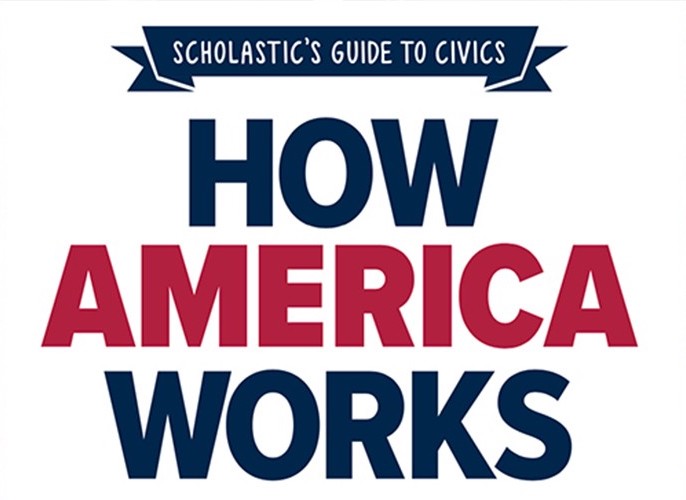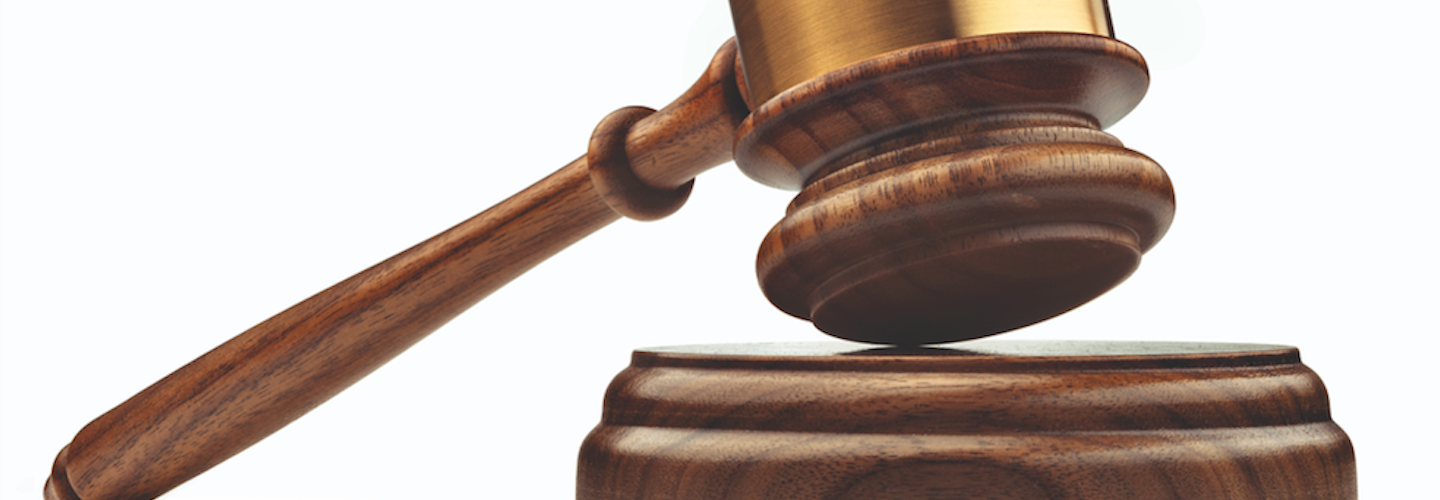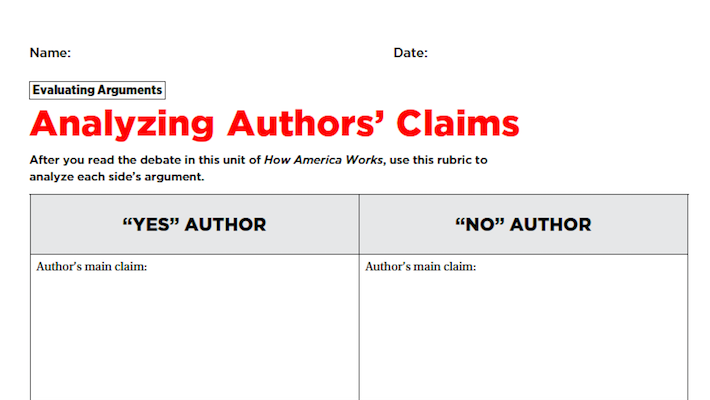Major Concepts
• The Supreme Court is the highest court in the judicial branch of the federal government.
• The court is composed of nine justices, with one serving as the Chief Justice. Justices are appointed for life, after being nominated by the president and approved by the Senate.
• The Supreme Court generally hears cases that are appealed from lower courts, and its decisions are final.
Discussion Topics
1. Has there ever been a Supreme Court case in the news that caught your attention? What was it about and why did it interest you? What did politicians and the media say about the case? Did any of your friends or family also notice the case? If so, what did they say about it, and did you agree or disagree with them?
2. Some Supreme Court justices are among the most well-known people in government. Can you name any of the current nine justices? What do you know about them? Are there any past justices you’re familiar with?
3. Cases such as Loving v. Virginia (see pp. 95-98) and Obergefell v. Hodges (see p. 89) have dramatically affected the way many Americans live. How would life be different today if interracial and same-sex marriages were not protected? Would there be any effect on your family or people you know?
4. Read the debate over whether or not Supreme Court justices should serve for life (see pp. 99-101). What do you think?
5. Some people have proposed increasing the number of justices on the court, thereby lessening the power of each individual justice. President Franklin D. Roosevelt attempted (but failed) to increase the size of the Court in the late 1930s in what became known as his “Court-packing plan.” Do you think increasing the size of the Supreme Court is a good idea? What are the pros and cons?
Activity: Hearing a Case
Choose a current legal issue in the news or a case that the Supreme Court is considering and give students some background information about the issue or case. Select nine students to serve as Supreme Court justices and divide the rest of the class in half.
1. RESEARCH & DEBATE:
Each of the two groups should research the arguments their side will make, and then select one student to serve as the lawyer to argue their group’s position before the Court.
Each group should get 10 minutes to make their arguments. The justices can ask the lawyers questions during these arguments, as they do during an actual Supreme Court hearing.
2. WRITE:
The justices should then meet (away from the other students) to discuss the case and reach their decision. They should prepare a one- or two-page opinion and present it to the rest of the class.
Remind the justices that their decisions must be backed up by legal arguments, not personal opinions.
3. DISCUSS:
Hold a class discussion about the results of the case.
Start by asking each justice to explain why they voted the way they did. Were students surprised at the outcome?
Videos
Unboxing the Supreme Court
The basics of how the Supreme Court works.
Supreme Court Milestones
Key events in the history of the U.S. Supreme Court.
Technology and the Constitution
Can electronic gadgets violate our privacy rights?
Skills Library
Header image: Shutterstock.com





